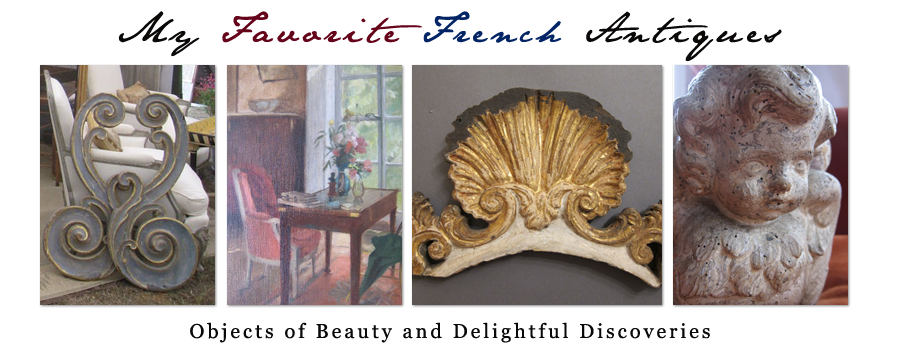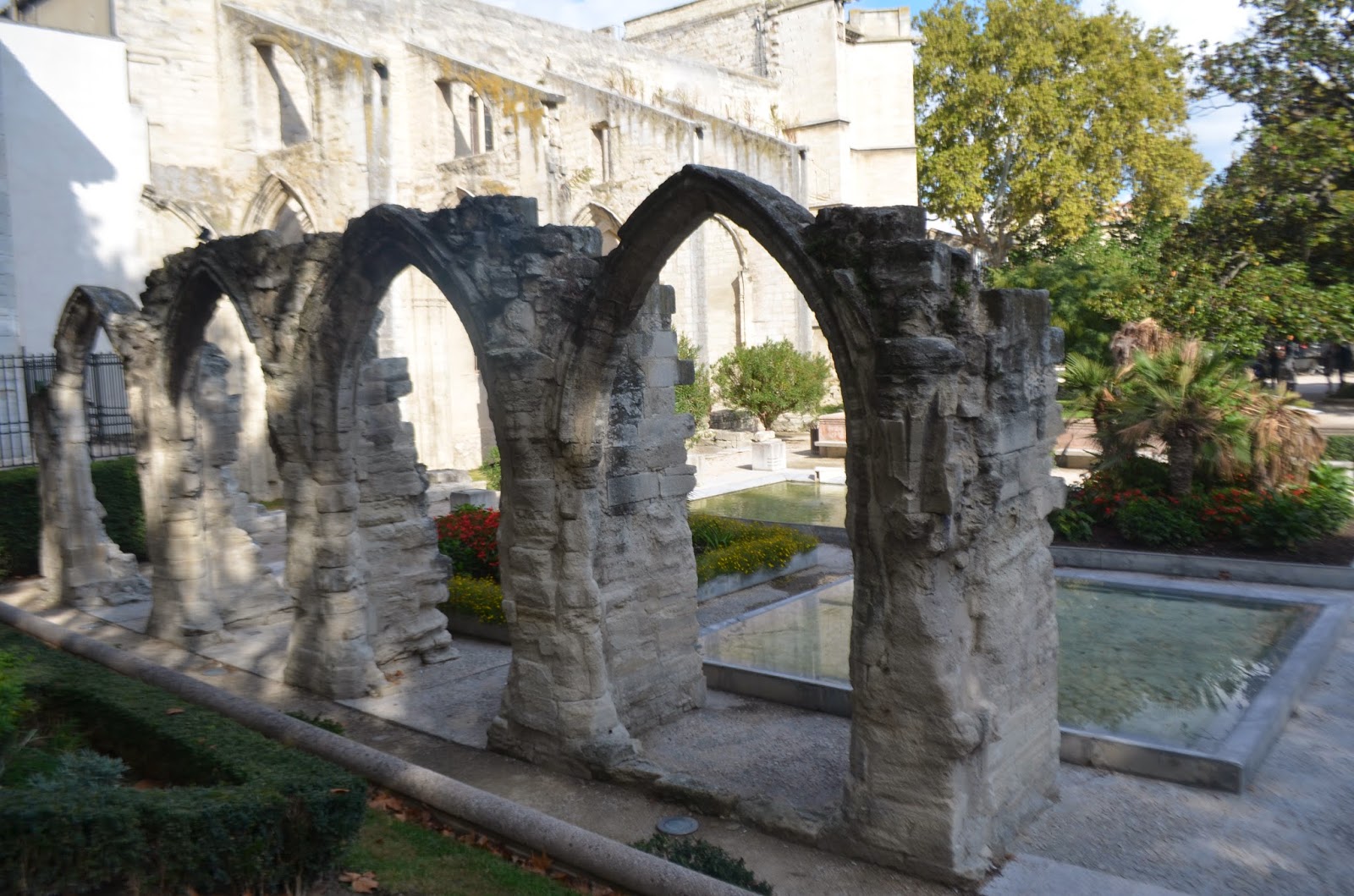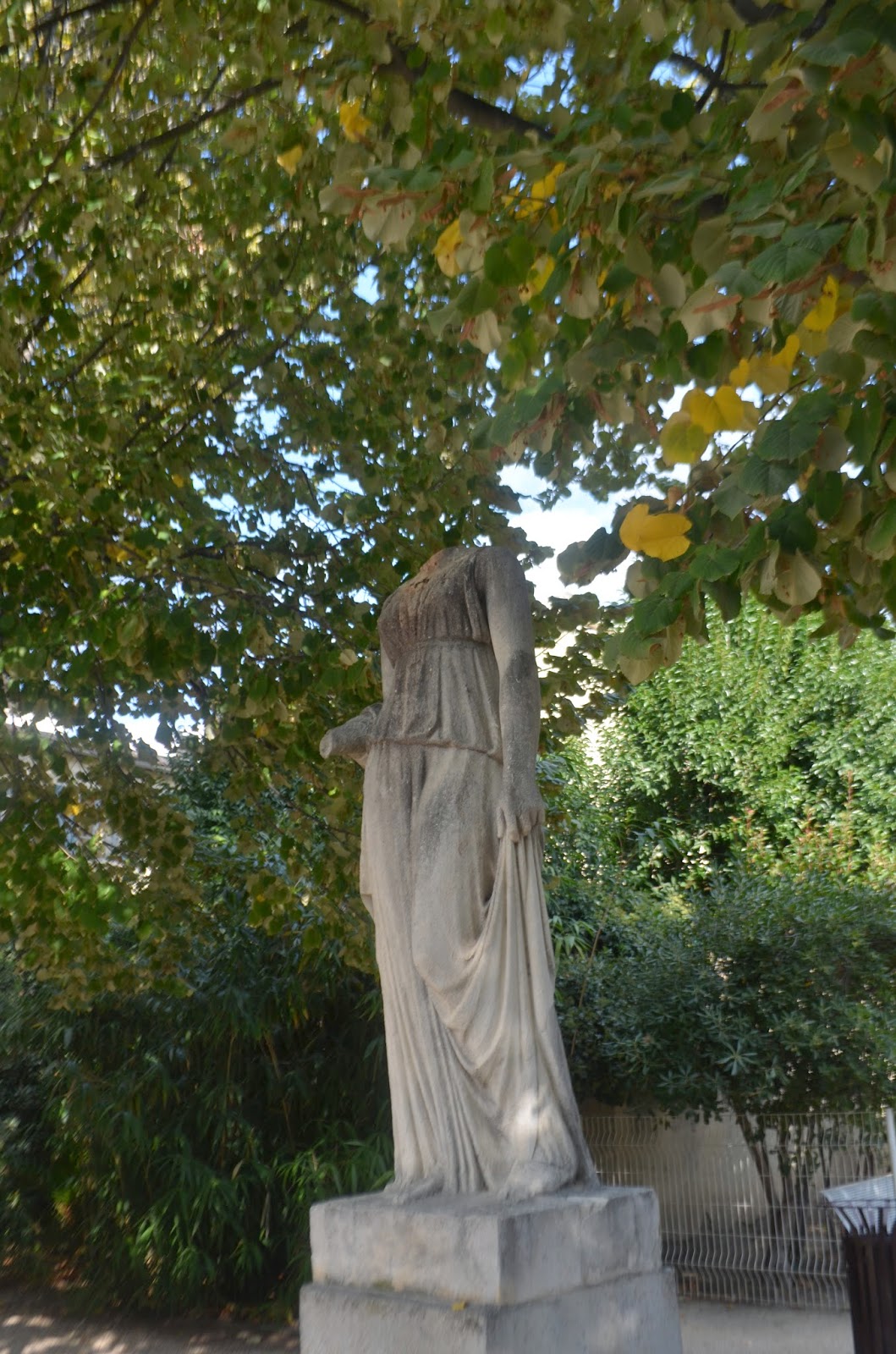When Conservators of The Art Institute of Chicago recently removed the frame on Renoir's 1883 painting, "Madame Leon Clapisson" ....
a surprise awaited them.....
Along the edge of the painting, protected from light for a century by its frame...
Scarlet paint !
suggesting the background's visible cool, light-purplish blue tones were not the original color of Renoir.
Through today's technology and laser light,
Scientist discovered "Scarlets and Purples" were Renoir's original background color.
(faded by 100 years of light)
(faded by 100 years of light)
Using advanced image processing software,
the Conservation Department was able to create a digital reproduction of Renoir's original colors.
The red lake pigment in the faded background was identified as carmine lake,
a vibrant pigment, which unfortunately can be very light-sensitive and fade after time.
derived from extract of cochineal bugs, a small insect that feeds on prickly-pear cactus.
(Cochineal bugs were even used by the Aztecs for dyeing and painting)
Further analysis gave more insight to Renoir's techniques...
By placing a light to one side of the painting at a low angle (raking-light),
Renoir's achieved texture in her bracelets becomes visible.
X-rays and infrared light allow us to see layers of paint not seen by the human eye.
Changes made by Renoir during the painting process were now revealed...
Her hair style had once been more full...
Both arms and hands had been shifted in their placement..
Her feather fan had been reduced in size.
Renoir even changed his mind on the background colors at least once..
"mix of rusty, mossy hues" reworked and "cool reds, pinks, and purples" added.
Were these changes the right ones??
Renoir was so satisfied with his completed work...
this was the only work he entered in the 1883 Salon!
All on a special exhibition through April 27 at The Art Institute of Chicago.
"Renoir's True Colors: Science Solves a Mystery"





















































.jpg)